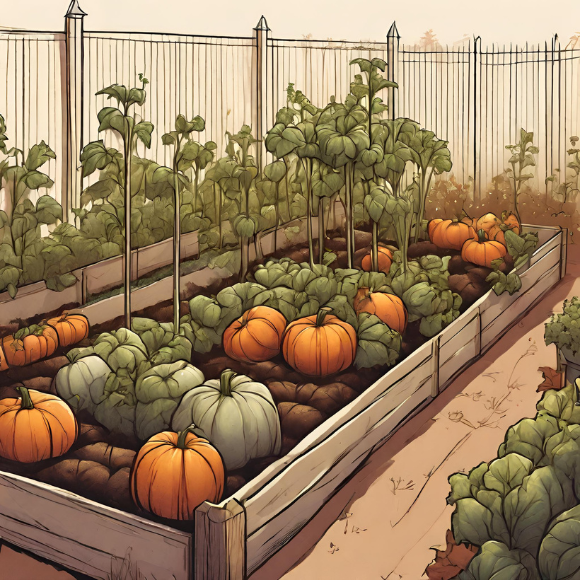
A thriving garden is more than a collection of plants. It’s a complex ecosystem of flora, fauna, and microorganisms, all interacting within the soil and air. This chapter delves into how you can nurture and maintain this delicate balance for a more resilient garden.
SOIL HEALTH AND FERTILITY
The health of your garden starts with the soil. Organic matter, such as compost or well-rotted manure, can improve soil structure, moisture retention, and nutrient content. Earthworms and microorganisms also play crucial roles in creating healthy soil. They break down organic matter into a form plants can use.
BENEFICIAL INSECTS AND PEST MANAGEMENT
Beneficial insects like ladybugs, lacewings, and predatory wasps can keep pest populations in check. Planting a variety of flowers and herbs can attract these helpful creatures.
Integrated pest management (IPM) is an approach that uses a combination of techniques, such as biological control, habitat manipulation, and resistant varieties, to control pests without relying solely on chemical pesticides.
WATER CONSERVATION
Water is a precious resource. Implementing watering methods such as drip irrigation, soaker hoses, and mulching can significantly reduce water usage in your garden.
BIODIVERSITY
Diversity is key to a resilient garden ecosystem. Plant a variety of crops to reduce the risk of disease and pest outbreaks. Interplanting and crop rotation can also help maintain soil health and fend off pests.
In the next chapter, we will discuss how gardening can contribute to sustainable living and the important role it plays in promoting environmental health and biodiversity.


 Previous
Previous

